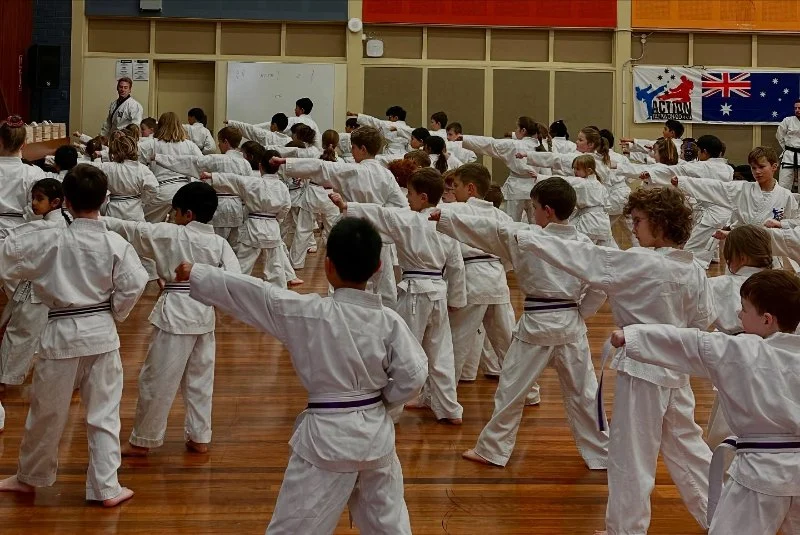
The History of Tae Kwon Do Patterns: Pyongwon and Sipjin
- 1. Introduction to Tae Kwon Do Patterns
- 2. The Origins of Pyongwon
- 3. Understanding the Sipjin Pattern
- 4. How These Patterns Enhance Your Tae Kwon Do Practice
- 5. The Significance of Learning These Patterns
1. Introduction to Tae Kwon Do Patterns
Tae Kwon Do is a martial art with a long and storied history. Among the core aspects of training are the patterns (also known as "forms" or "hyung"), which represent a series of defensive and offensive movements. These patterns are designed to improve a martial artist's technique, focus, and discipline. Two such patterns, Pyongwon and Sipjin, are highly regarded in Tae Kwon Do and are often practiced by students at higher levels.
2. The Origins of Pyongwon
The Pyongwon pattern is one of the most important forms in Tae Kwon Do. It is known for its balance and fluidity, reflecting both power and control. The name "Pyongwon" translates to "Wide and Flat" in Korean, symbolizing the expansive nature of the pattern. It is said to be inspired by the natural world, with movements designed to resemble the expansive horizon and steady forces of nature.
While practicing Pyongwon, students learn to maintain strong stances and use wide, deliberate movements. This pattern emphasizes control and stability, which are vital in Tae Kwon Do. The Pyongwon pattern also helps develop strength in the legs and core while improving balance.

Motivate Martial Arts / motivate martial arts monroe ga
768 W Spring St, Monroe, GA 30655, USA
3. Understanding the Sipjin Pattern
Sipjin is another highly revered Tae Kwon Do pattern, representing the concept of "Ten Thousand Years." The name "Sipjin" comes from the Korean word "Sip," meaning ten, and "Jin," meaning years, which together symbolize longevity and perseverance. The movements in Sipjin are slower and more deliberate than some other patterns, reflecting the importance of patience and careful execution in martial arts.
Through Sipjin, practitioners focus on slow, controlled movements that develop mental clarity and physical strength. The pattern is particularly beneficial for improving joint flexibility and understanding the rhythm of martial techniques. As with Pyongwon, Sipjin also serves to refine a student's understanding of the basic principles of Tae Kwon Do, including balance, timing, and focus.
4. How These Patterns Enhance Your Tae Kwon Do Practice
Both Pyongwon and Sipjin play crucial roles in a student's Tae Kwon Do development. These patterns help strengthen various physical aspects, including flexibility, strength, and endurance. They also promote the mental discipline required for success in martial arts.
By practicing Pyongwon, students learn how to control their movements and maintain stability in their techniques. This pattern improves coordination and teaches the importance of grounding oneself before executing attacks. On the other hand, Sipjin focuses on patience and control, allowing practitioners to become more deliberate in their actions. It helps enhance the ability to slow down and focus, which is vital for precision in martial arts.
5. The Significance of Learning These Patterns
The importance of learning these two patterns extends beyond physical skill development. They are deeply connected to the philosophy and spirit of Tae Kwon Do. By practicing these patterns, students develop a deeper understanding of the martial art’s principles, including discipline, respect, and perseverance.
Each time a student performs these forms, they are not only practicing physical movements but also cultivating the mental and spiritual aspects of Tae Kwon Do. The time spent mastering Pyongwon and Sipjin contributes to the overall growth of a martial artist, helping them become more focused and disciplined both in and outside of the dojang (training hall).
For those interested in learning more about Tae Kwon Do patterns, visit Jeuns TKD Hub for the best resources, products, and training services to enhance your martial arts journey.


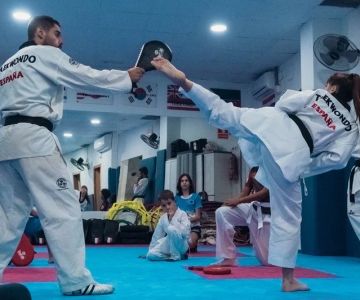
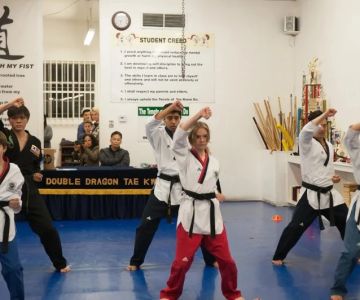
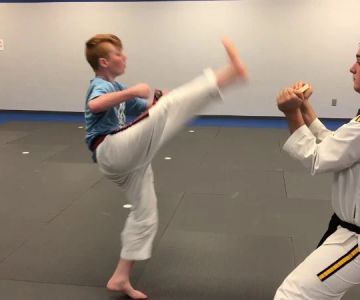
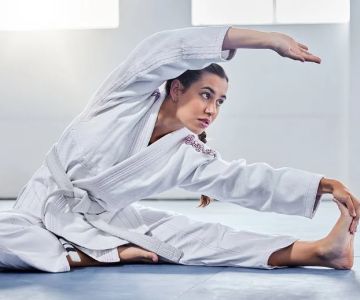
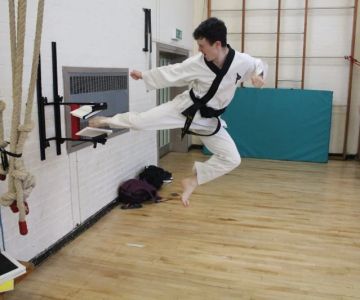
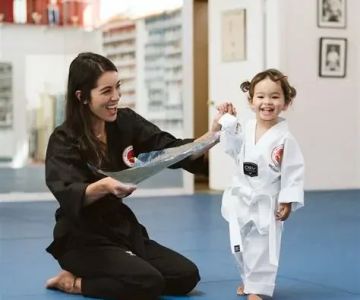
 RONIN Martial Arts4.0 (13 reviews)
RONIN Martial Arts4.0 (13 reviews) Forge Martial Arts0.0 (0 reviews)
Forge Martial Arts0.0 (0 reviews) Crabapple Martial Arts Academy4.0 (125 reviews)
Crabapple Martial Arts Academy4.0 (125 reviews) East West Karate Lansdale5.0 (37 reviews)
East West Karate Lansdale5.0 (37 reviews) USA Martial Arts Academy5.0 (8 reviews)
USA Martial Arts Academy5.0 (8 reviews) D-Best-1 Taekwondo, Kickboxing & Martial Art School - Clifton Location4.0 (39 reviews)
D-Best-1 Taekwondo, Kickboxing & Martial Art School - Clifton Location4.0 (39 reviews)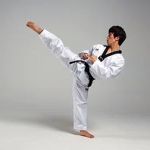 How to Execute a Jumping Roundhouse Kick to the Head
How to Execute a Jumping Roundhouse Kick to the Head How to Execute a Double Kick Combination in Sparring
How to Execute a Double Kick Combination in Sparring How to Perform a Flawless Axe Kick: A Step-by-Step Guide
How to Perform a Flawless Axe Kick: A Step-by-Step Guide DIY Tae Kwon Do Training Equipment for Home Practice
DIY Tae Kwon Do Training Equipment for Home Practice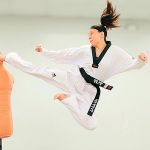 How to Increase Your Vertical Jump for Tae Kwon Do Flying Kicks
How to Increase Your Vertical Jump for Tae Kwon Do Flying Kicks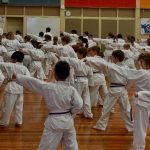 The History of the Tae Kwon Do Peace Corps
The History of the Tae Kwon Do Peace Corps